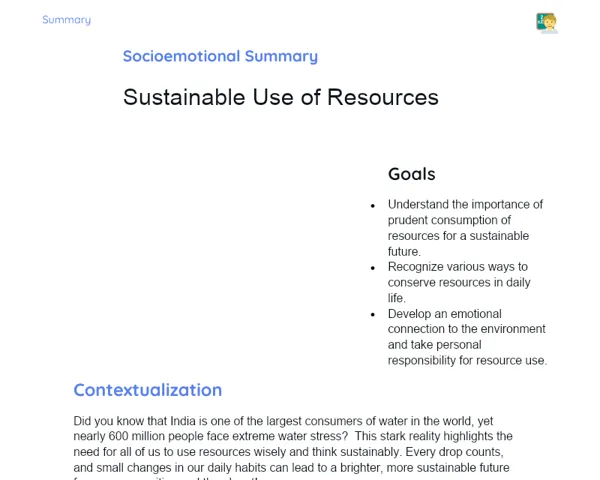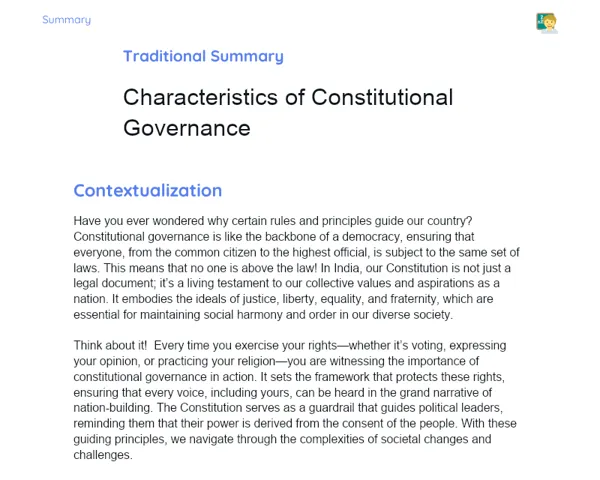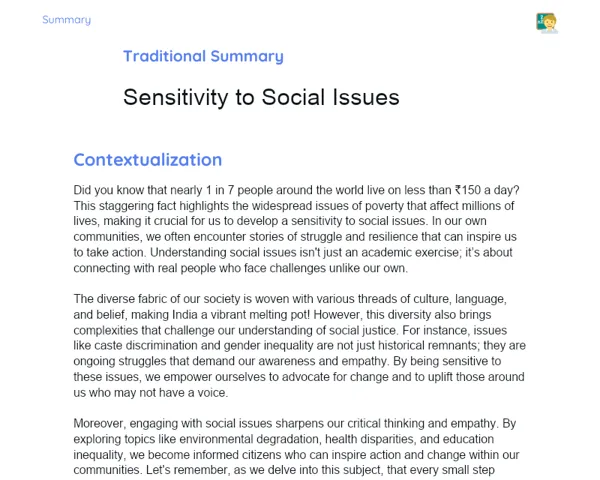Once upon a time in the vibrant land of Bharat, where the aroma of street chai wafted through the air and the chatter of bustling bazaars filled the streets, there lived four mighty kingdoms known as political parties. Each kingdom had its own unique story, colors, and powerful rulers. These kingdoms shaped the destiny of the people and guided them through the labyrinth of democracy. The citizens, filled with curiosity, were eager to know how these kingdoms operated and the aspirations they represented. As they gathered in their courtyards and marketplaces, the conversations buzzed with excitement—"Which kingdom holds the key to our future?" was a question that lingered in the air.
The first kingdom was the Indian National Congress (INC), an ancient and revered dynasty known for its rich history of struggle and perseverance against colonial rule. Its majestic emblem—a hand symbolizing service—echoed the voices of the common folk who sought justice and equality. The INC was like a bustling bazaar, where leaders from diverse backgrounds would come together to discuss policies aimed at uplifting the marginalized. The stories of freedom fighters and their sacrifices mingled with the laughter of children playing cricket nearby, reminding everyone of the hope that the INC represented. But, dear students, can you tell me what core principles and programs the INC advocated for? How did they envision India’s future as a land of opportunities for all?
In a neighboring realm, the Bharatiya Janata Party (BJP) flourished with its saffron flag soaring high above the vibrant streets. This kingdom emphasized cultural pride and national unity, echoing the rich tapestry of India’s ancient civilization. Its leaders often spoke in powerful oratory that ignited a deep sense of belonging among the citizens. Picture a grand rally, where thousands gathered, waving flags and chanting slogans, celebrating a shared heritage. The BJP painted a visionary landscape of growth and development with its ambitious projects such as Digital India, which aimed to bridge gaps through technology and innovation. But wait! Do you remember their key policies like the push for Digital India? How did these initiatives resonate with the youth, especially in a time where smartphones and internet access transformed communication and engagement?
Rounding out the political landscape was the Aam Aadmi Party (AAP), a dynamic kingdom born from the cries of ordinary citizens seeking a change from the status quo. With its broom emblem symbolizing cleanliness and transparency, the AAP emerged as a beacon for those who felt unheard. Imagine a group of passionate activists rallying together, armed with brooms and slogans demanding accountability from their leaders. The AAP championed good governance and anti-corruption measures, reminding the people that even the smallest voices could create ripples of change. Think about it, what innovative strategies did AAP implement to reach every corner of the community? How did their community meetings and the use of social media help them connect with the youth disenchanted by traditional politics?
Down south, the Dravida Munnetra Kazhagam (DMK) thrived, a kingdom enriched by its rich language and culture, fiercely protecting its heritage. With its charismatic leaders known for fiery speeches that stirred the hearts of the masses, the DMK promoted social justice and welfare schemes aimed at uplifting the marginalized. Picture a bustling tamarind market, where vendors discuss the latest welfare programs that could change lives. The DMK's focus on education and healthcare was like a nourishing rain after a long drought, bringing hope to those who felt overlooked. As we hear their tale, ponder upon their major programs—how did they address issues like education and healthcare for the people of Tamil Nadu? How did the DMK’s initiatives create opportunities for the youth to rise and contribute to society?
As the sun set over Bharat, these kingdoms—each with their tales of struggle, ideology, and programs—interwove into the fabric of Indian democracy. The citizens, with their newfound knowledge, were left to ponder the questions that would shape their understanding of governance and participation in their vibrant nation. How do we, as the future of this wonderful country, fit into the narratives crafted by these parties? Under the twinkling stars, the youth of Bharat recognized the immense power they held as the torchbearers of change. The journey of discovery continues, and the pages of Bharat's history are waiting to be written by the voices of the youth—each decision, each vote, a stroke upon the canvas of their beloved nation.



